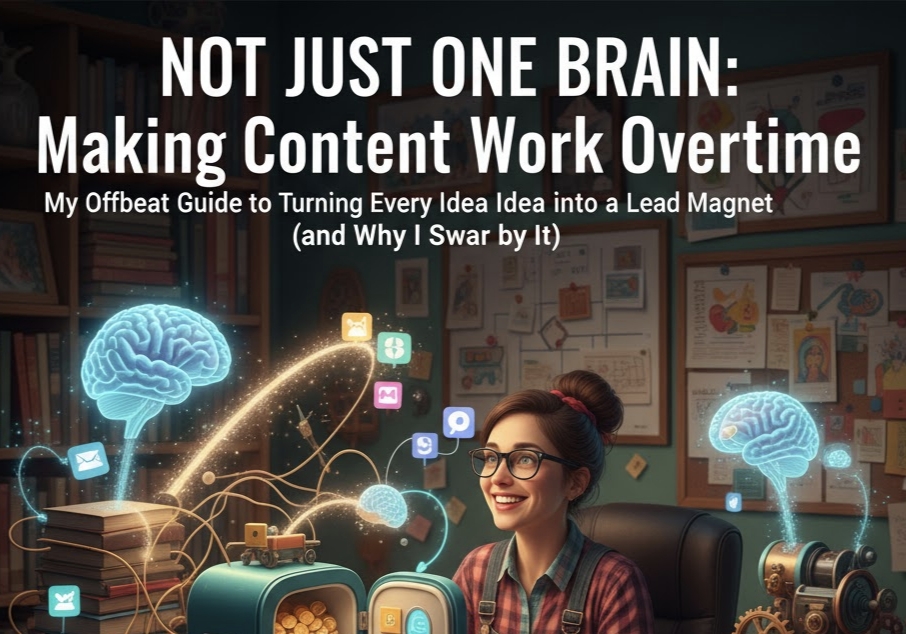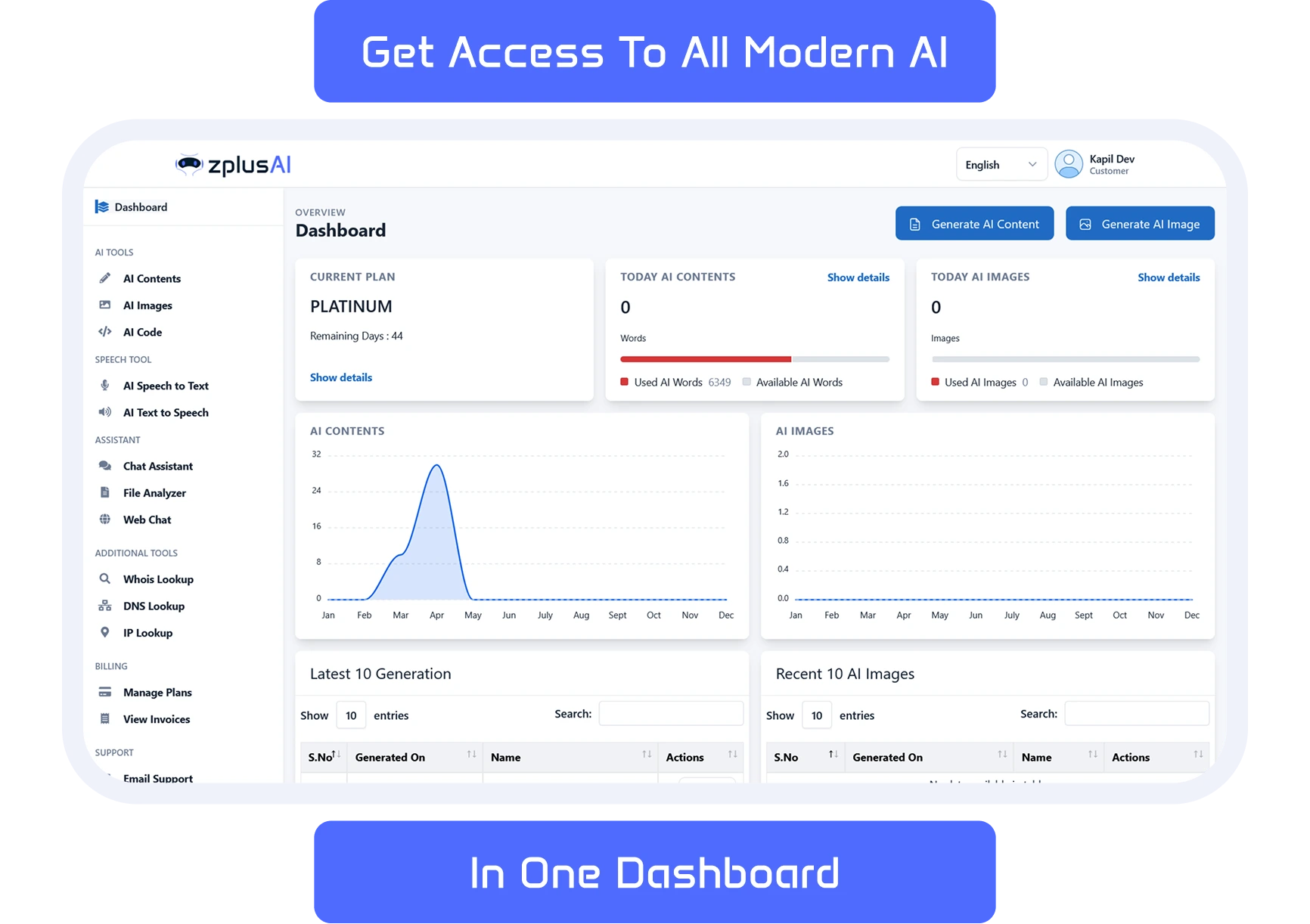Ever spend hours crafting a killer post—only to watch it sink with barely a blip? I have. My email archives are a museum of 'almost there' content, haunting me until I learned to obsess over the right kind of impact. One time, I shared a story about a client who went from zero to hero, just to see my inbox explode—with questions and, unexpectedly, leads. That’s when I realized: each post is a door. The trick? Knowing which ones open to opportunity, and how to give them the right nudge. Welcome to the way I learned to turn every idea, headline, and DM into a lead magnet, sometimes by accident but mostly by design.
Section 1: Stumbling onto Data-Driven Marketing: Why My 90-Day Rule Became Gospel
Switching to Data-Driven Marketing changed everything for me. Instead of chasing vanity metrics, I let Marketing Analytics Tools like Google Analytics and LinkedIn insights decide what gets repurposed. Every 90 days, I review my top 5 posts—measuring engagement, shares, and leads generated. This ritual is like reverse-engineering a secret recipe: I focus only on content that drives real action and aligns with key Content Marketing KPIs like lead quality. Predictability beats volume; it’s not about doing more, but about doing what works. As Jodie Cook says,
‘If your content isn’t working for you, it’s working against you.’Now, my Lead Generation Strategies are built on actionable data, not guesswork.
Section 2: Inventive Lead Magnets—The Art of Not Just Saying ‘Download My Free PDF’
Turning my top 5 posts from the last 90 days into lead magnets is like offering a secret handshake—personal, not pushy. I use ChatGPT for brainstorming irresistible titles and outlines, but always add my own twist to avoid sounding generic. For example, a simple mini guide that solved a nagging reader problem quadrupled my email opt-ins—proof that lead generation strategies thrive on relevance and lead quality. I test formats: quizzes, checklists, swipe files, even webinars. My most downloaded checklist? Born from a heated LinkedIn comment thread. The key: benefit-driven, urgent calls to action that feel optimistic, not salesy. As Jodie Cook says,
Lead magnets aren’t formulas—they’re invitations to something bigger.
Section 3: From Passive Likes to Warm Conversations—My Unfiltered Take on Follow-Up Systems
Audience Engagement Strategies matter most after the like. My three-message DM sequence—curiosity, value, gentle nudge—never the spray-and-pray approach—has changed my Lead Quality. Last week, a non-salesy follow-up led to three client calls and two new friendships. I schedule DM touchpoints over seven days, always responding to context, not just copying templates. Sometimes, a simple “thanks for the comment!” on LinkedIn sparks a deeper Social Media Engagement. I’ve learned when silence is golden; not every lead needs chasing. Templates help, but gut instinct guides my Email Nurture Sequences and DMs. As Jodie Cook says,
“The right conversation at the right time can turn a like into long-term loyalty.”Systematic, authentic follow-ups transform passive interest into real relationships.
Section 4: Turning Emails into Anticipation (Not Annoyance): The Case for a Structured Newsletter
I built my weekly newsletter habit to make people look forward to Mondays—seriously. By anchoring each issue with recurring sections like ‘Win of the Week’ or ‘Spotlight Q&A’, I boost authority and open rates, proving that email marketing campaigns can drive real content marketing performance. Mixing deep dives, actionable tips, and oddball stories keeps my content authentic and sticky. My highest-engagement issue? A misdirected rant about ‘bad metrics’—relatable, value-rich, and personal. I always weave in subtle CTAs, so my newsletter supports conversions without becoming a wall of links. As Jodie Cook says,
“A newsletter should be your readers’ Monday morning coffee, not their Monday spam.”
Anticipated, structured emails fuel audience engagement strategies and long-term trust.
Section 5: Repurposing Like a Pro—Multiplying Content with Minimum Burnout
Repurposing isn’t recycling—it’s remixing ideas to fit where your audience actually hangs out. My go-to ChatGPT prompt: Take this excerpt, turn it into 5 LinkedIn posts, each with a new angle and a soft (never desperate) CTA. Transforming podcasts into Instagram carousels, blogs into stories, and webinars into mini-courses multiplies reach without diluting my message. Content repurposing, led by content marketing metrics and audience preferences, means strategic adaptation—not lazy copying. Honestly, some of my best-performing content started as reimagined old posts. I often ask: if my content was a quirky flea market product, would it stand out? As Jodie Cook says,
Repurposed content is your message—heard in a dozen accents.That’s marketing campaign optimization in action.
Section 6: Proof and Persuasion—Elevating with Client Stories and Social Proof
Social Proof Marketing is my secret weapon for Content-Assisted Conversions. Real client stories—like the Q2 2025 webinar built around one client’s breakthrough—outperform my own claims every time. I use simple templates to extract the most compelling details: from slow start to win, or defeat to transformation. Repurposing testimonials across posts, emails, and podcasts multiplies trust and reach. On landing pages, I always include three clear benefits, a client testimonial, and urgency copy—this Landing Page Optimization tactic consistently boosts conversions. As Jodie Cook says,
“Social proof is your silent salesperson—working while you sleep.”People buy what they relate to, not what they’re told to like, making relatable case studies and testimonials my go-to for credibility and measurable engagement.
Section 7: Systems, ChatGPT, and the Reluctant Creative’s Survival Toolkit
Learning to keep every ChatGPT prompt and content note in a single thread changed my workflow—no more scattered scraps, just seamless continuity. Mapping each asset to a business offer and awareness stage became my secret weapon, even if I still resist spreadsheets. Monthly, I force myself to document offers and content types, grounding creative bursts in real outcomes. Marketing Analytics Tools and Content Marketing KPIs are now my gentle nudges, not school grades—just signposts for what’s next. If Forbes ever tracked a ‘content ROI’ leaderboard, I’d want my system to place high, powered by strategic Marketing Attribution Modeling and Conversion Tracking. As Jodie Cook says,
'Documenting as you go turns creative chaos into a repeatable system.'
TL;DR: Don’t leave your next client to chance: systematize your content, engage like you mean it, and let every asset pull double duty—because well-aimed authenticity beats random viral hopes every time.



